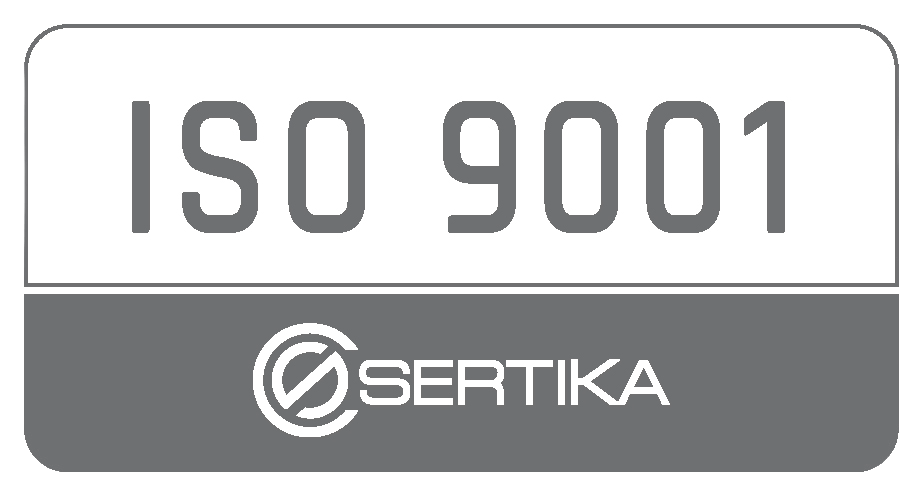Mokslininku str. 2A,
LT-08412 Vilnius, Lithuania
+370 663 77717
info@nanoavionics.com
Kongsberg NanoAvionics US LLC
5825 University Research Court
Suite 2100
Riverdale, MD 20737
USA
+1 240 221 1236
us@nanoavionics.com
Kongsberg NanoAvionics UK Ltd
62 Foxhall Road, Didcot,
Oxfordshire, England, OX11 7AD.
uk@nanoavionics.com
Registered Number: 11683861
VAT: LT 1000 0892 3715
IBAN: LT16 7044 0600 0824 4228
Bank: AB SEB bankas
Swift Code: CBVILT2X
info@nanoavionics.com








